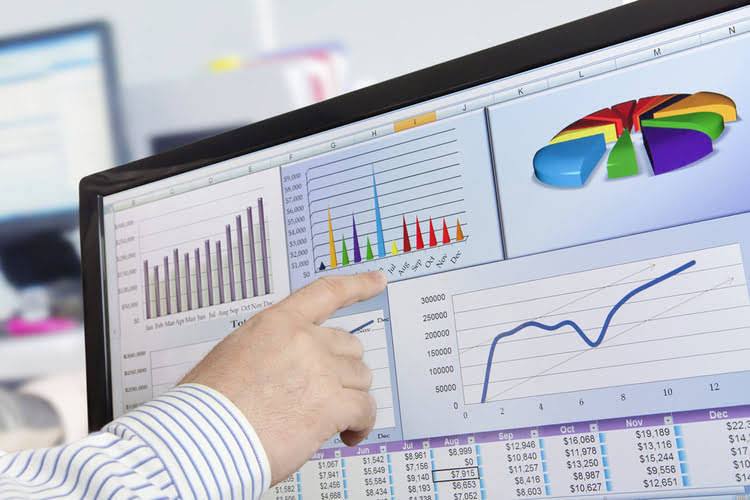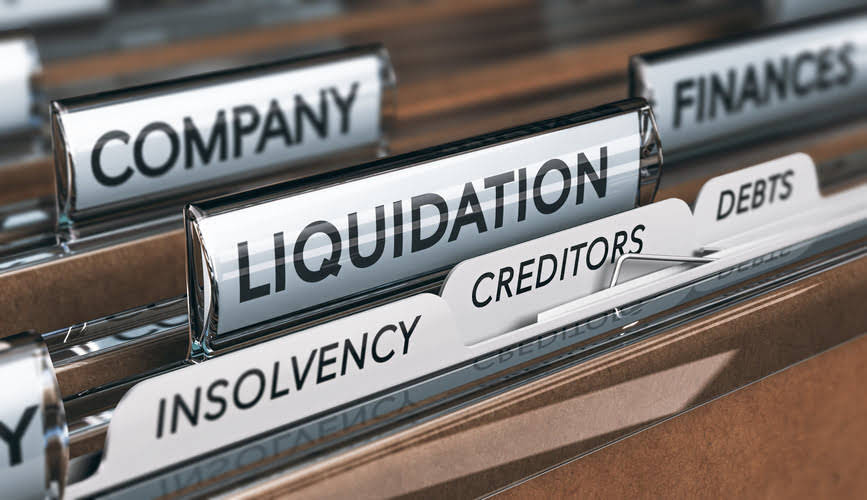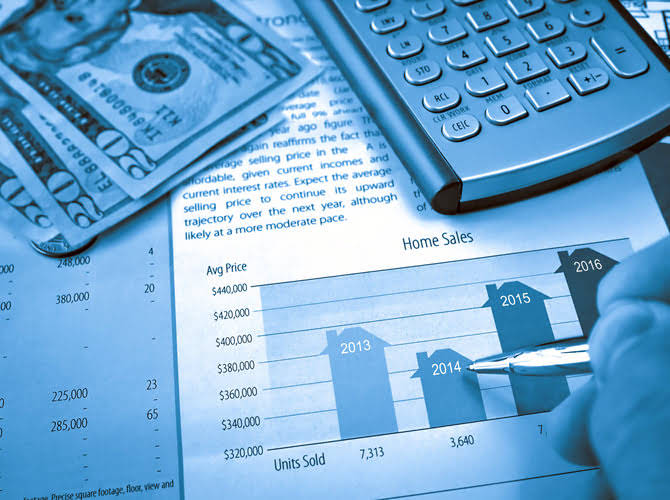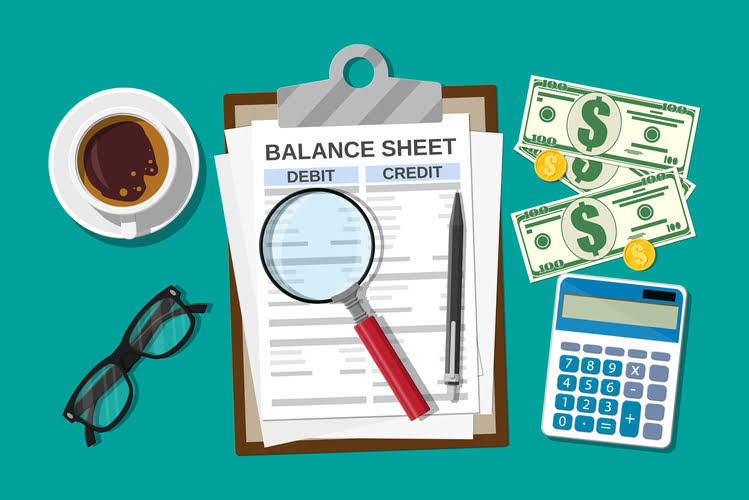
Controllable costs are considered when the decision of taking on the cost is made by one individual. Common examples of https://www.bookstime.com/ controllable costs are office supplies, advertising expenses, employee bonuses, and charitable donations. Controllable costs are categorized as short-term costs as they can be adjusted quickly. For example, a company decides to buy a new piece of manufacturing equipment rather than lease it. Jami Gong is a Chartered Professional Account and Financial System Consultant.

Production Cost FAQs
The wages on which the labors are hired for production also fall under the product expenses. You may need to buy state-of-the-art equipment for your developers and other team members. When it comes to pricing, many stakeholders have a say in how much a customer should pay for https://x.com/BooksTimeInc a product.

How to cut costs on direct materials
If the sale price is equal, it is a break-even situation, i.e., no profit or loss, and the sales price covers the cost per unit. On the other hand, a sales price higher than the cost per unit results in gains. With a solid financial plan in place, you can identify which components are driving up your product costs and adjust accordingly. Calculating product costs can be a difficult task, especially when it comes to determining the development costs of SaaS. However, there are some basic formulas to help calculate the product cost.
What Are the Types of Cost Accounting?
For example, if a company makes a chair, the direct materials cost would include the cost of the wood, screws, and fabric used to make the chair. Once you’ve arrived at an optimal budget for materials, add the labor cost to the total. This includes wages for employees or contracted workers involved in making the product. The cost of the product is reflected in the financial statements because it considers the manufacturing overhead expenses that are necessary according to GAAP and IFRS. When making decisions about short-term production and sale prices, managers may change the cost of the product to exclude the component that accounts for overhead expenses. Once the cost of raw materials has been ascertained, the cost of direct labor and direct expenses is known.
- We put together this guide to break down everything that you need to know.
- Cost of goods sold is an expense account on the income statement that represents the product costs of all goods sold during the period.
- It’s all going to depend on the type of product or service and the industry that you’re in.
- Traditionally, overhead costs are assigned based on one generic measure, such as machine hours.
- Determining your minimum viable features (MVF) helps you achieve this by aligning your product development with customer needs.
- Yarilet Perez is an experienced multimedia journalist and fact-checker with a Master of Science in Journalism.
- Both strategies require careful planning and execution, but the rewards can be significant.
The price of the product may also be thought of as the price of the labor that is necessary to provide a service to a customer. The prime cost per unit is often calculated to determine the production cost of each unit of output so that the organization could fix a minimum price. Compared to direct costs, indirect costs are not included in the calculation of prime costs. Any direct expenses other than material and labor are included in the prime cost, irrespective of whether they are variable, semi-variable, or stepped fixed.
What is the difference between production cost and factory overhead?
In investing, it’s the difference in return between a chosen investment and one that is passed up. For companies, opportunity costs do not show up in the financial statements but are useful in planning by management. Cost accounting is helpful because it can identify where a company is spending its money, how much it earns, and where money is being lost. Cost accounting aims to report, analyze, and improve internal cost controls and efficiency. Even though companies cannot use cost-accounting figures in their financial statements (or for tax purposes), they are important for internal controls.

Direct labor
- The direct materials, direct labor and manufacturing overhead costs incurred to manufacture these 500 units would be initially recorded as inventory (i.e., an asset).
- You may be better off charging a fair price that covers your costs and allows you to make a profit rather than risk a loss.
- Understanding average cost is an effective way to help determine the final selling price with details from the balance sheet.
- These costs can be either fixed or variable depending on the type of product being manufactured.
- The type of labor involved will determine whether it is accounted for as a period cost or a product cost.
The first step in activity-based costing is to identify all the different activities performed in an organization and then assign an overhead cost to each activity. Integrate financial data from all your sales channels in your accounting to have always accurate records ready for reporting, analysis, and taxation. See it in action with a 15-day free trial or spare a spot at our weekly public demo to have your questions answered. In this article, we explore what constitutes product cost and how to calculate and manage it effectively.

Cost accounting is not compliant with generally accepted accounting principles (GAAP); this accounting method product cost consist of is only used by businesses for internal purposes. Doing proper calculations will help with decision-making and increase business sales. You can find new opportunities and areas for improvement so you can operate at an optimal level. Once goods in WIP inventory are completed, they are transferred into finished goods inventory.
They are the costs that are directly and indirectly related to producing an item. Activity-based costing (ABC) is a methodology for allocating overhead to individual products and services more precisely. The basic idea behind ABC is that all manufacturing overhead costs (also called indirect costs) are not caused equally by the production of all products and services. For example, the cost of operating the accounting department is not likely directly related to the number of products produced. Product cost appears in the financial statements since it includes the manufacturing overhead that is required by both GAAP and IFRS.
